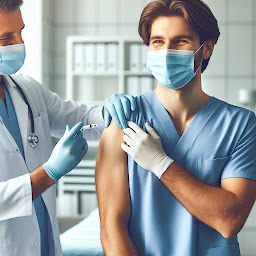1 Introduction to Nogodan
Height 1,507m. Along with Cheonwangbong (1,915m) and Banyabong (1,734m), it is one of the three major peaks of Jirisan. It belongs to Baekdudaegan.
During the Silla Dynasty, it was a training ground for Hwarang Gukseon, and it is a sacred peak where an altar was built to hold a mountain god ritual.
It occupies the southwestern part of Jirisan National Park.
Nogodan is a word from Taoism, and in Korean it is called ‘Halmidan’, and ‘Halmi’ refers to the mother goddess of the country, Seolseolseongmo
The vast plateau covered with coneflowers spreads out near the top of the mountain at an altitude of 1,100–1,200m, making it a good summer resort, so it became a vacation spot for Westerners until World War II.
The scenery of Nogodan is as beautiful as that of Jirisan, with its dense forest and magnificent mountain scenery, and the view from the summit is outstanding.
In the valley to the west is Hwaeomsa Temple, which has many buildings, including Gakhwangjeon Hall, and other national treasures and treasures, such as pavilions, stone lanterns, and stone pagodas.
2 How to get to Nogodan
- Course A: First, take a bus to 'Seongsamjae' and then go to Nogodan (1 hour walk from Seongsamjae to Nogodan)
It's 2.7km in distance, but you have to go up from Gurye.
You can take a taxi from Namwon, but the fare will probably be around 30,000 won. Hitchhiking is also a good option, but......
There is a car from 'Gurye Intercity Bus Terminal' to Seongsamjae.
It's 8:00/10:00/12:00/14:10/16:10/17:10. It takes 50 minutes and costs 2,900 won.
- Course B: How to get from Gurye Hwaeomsa to Nogodan (Approximately 3 hours 30 minutes to 4 hours from Hwaeomsa to Nogodan)
It's 7km in distance. Transportation is quite convenient.
There is a city bus from 'Gurye Intercity Bus Terminal' to Hwaeomsa every 20 minutes. The fare is 650 won and it takes 10 minutes.
- Course C: How to get from Namwon Baemsagol to Nogodan (about 6 hours and 30 minutes)
The distance is Baemsagol entrance (Banseo) -> 8.5km -> Hwagaejae -> 3.1km -> Imgeolryeong (Banyabong is about 2km away from here) -> 3.2km -> Nogodan.
For 1 night and 2 days, the 'C' course seems the best. Courses A and B can be done in a day (course B is a bit difficult), but the inconvenience of having to go back to Gurye......
It takes 45 minutes from Namwon to Gurye and the fare is 2,300 won. 09:47/13:50/15:15/16:05/17:40/18:25/18:35
The Namwon -> Baemsagol runs every 30 minutes from 7:30 to 20:00. It costs 3,400 won to Baemsagol and takes 1 hour.
There are quite a few buses from Namwon to Hwaeomsa (via Gokseong and Gurye).
It runs at intervals of about 20 to 30 minutes (23 times) from 7:00 to 20:00. Gurye is the same as above and Hwaeomsa is 2,800 won. It takes 1 hour for both Gurye and Hwaeomsa.







































